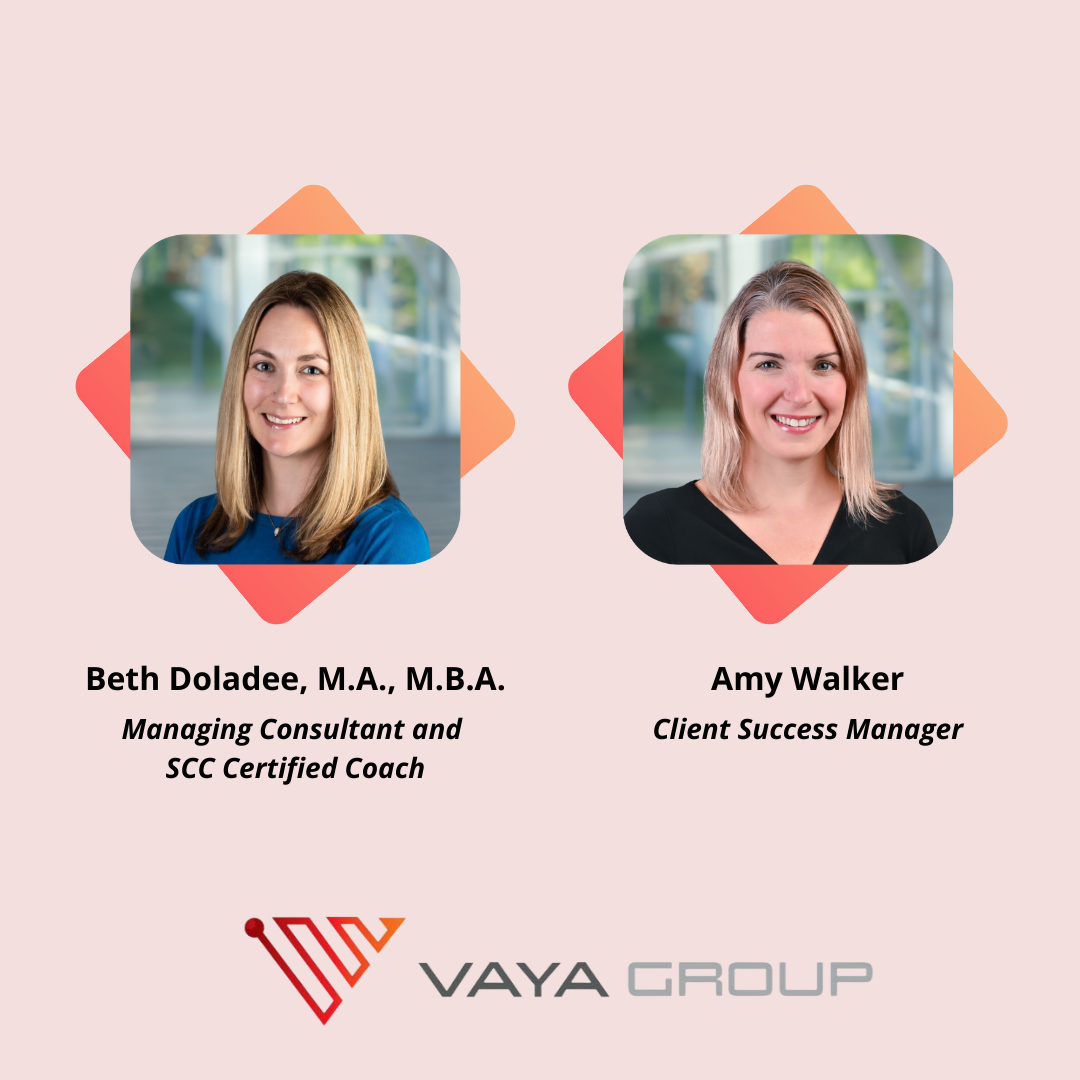By Jeremy Watson, Ph.D., LMFT
Managing Consultant and Certified Executive Coach, Vaya Group
In a world that celebrates diversity, understanding neurodiversity is crucial for everyone, not just for leaders. Neurodivergence encompasses a variety of brain make-ups that are as unique as individuals themselves. It’s estimated that 10-20% of the global population is neurodivergent, a term that includes conditions such as autism spectrum disorder (ASD), attention-deficit hyperactivity disorder (ADHD), and dyslexia, among others. These conditions can present challenges, but also unique strengths and perspectives that can enhance creativity and problem-solving.
For instance, individuals with ASD might find social interactions and communication more challenging, but they may also exhibit remarkable focus and attention to detail. Those with ADHD might struggle with inattention or impulsivity, yet they can also be incredibly energetic and inventive. Individuals diagnosed with dyslexia, often facing difficulties with reading, can possess extraordinary narrative and entrepreneurial skills, as evidenced by successful figures like Sir Richard Branson.
10 tips to assist neurodivergent colleagues
- The basis for neurodiversity is that there is no one right way of thinking, learning, and behaving. Different is not the same as deficient.
- Create a safe and welcoming environment: Use of inclusive, nonjudgmental language (ask the person’s preferred language, and how they want to be addressed), don’t make assumptions; be patient and provide the space and time for individuals to think and process the information provided; make adjustments to the work environment to accommodate needs (e.g., quiet spaces, headphones, flexible seating arrangements).
- Take a strengths-based approach: Many leaders will already leverage the strengths of those on their team. The same is true here – some individuals may have higher-than-normal IQ, be considered highly creative, and meticulous, or have the ability to identify patterns that others may miss.
- Identify needs: Every individual has an optimal way of working and participating in the office.
- For those individuals with identified medical diagnoses: Be aware of legal protections offered (e.g., Individuals with Disabilities Education Act (IDEA) and Americans with Disabilities Act (ADA))
- Advocate: Set appropriate and professional boundaries on workplace etiquette; if you see others not conforming or situations that are less than inclusive, that is your opportunity to speak up.
- Educate by joining national groups (e.g., Society for Neurodiversity, AANE, ANAA, etc.) and learning more about the wide range of strengths, abilities, needs, and challenges faced by individuals in the community.
- Clearly communicate: No use of jokes; break tasks down into smaller steps, be clear and direct, and tailor messaging to the individual’s needs
- Think more intentionally about change management efforts and provide as much notice, updates, and rationale for change as possible.
- Finally, just follow the golden rule: Treat others how you would want to be treated – that goes without saying for all employees and colleagues. Focus on the need for kindness and patience, and celebrate the differences that empower each of us.
Embracing neurodiversity means recognizing that there’s no single correct way of thinking, learning, or working. It’s about asking how we can be better colleagues and allies to neurodivergent individuals, creating inclusive environments where everyone can thrive. This approach benefits not only those who self-identify as neurodivergent but enriches the collective experience, fostering a culture where every person is valued for their unique contributions. It’s a reminder that at the heart of leadership – and humanity – is the ability to understand and support the diverse tapestry of human minds.






